
We kindly inform you that, as long as the subject affiliation of our 300.000+ articles is in progress, you might get unsufficient or no results on your third level or second level search. In this case, please broaden your search criteria.

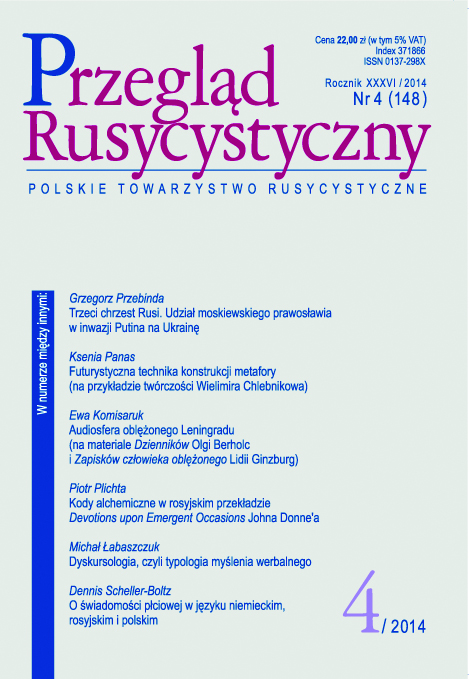
In the article the peculiarity and the variety of the relations between the images, notions and concepts are analyzed. They are embodied in the signs and verbal models. The semantics of the basic types of discourses is described according to the typology of the thinking and to the six types of verbal activity. The peculiarity of the semantics of lexical units in the basic types of verbal thinking is characterized by the peculiarity of the semantic and pragmatic relations between the psychophysiological, rational and semiotic components in the typical situations of the social activity and in the relations of productions.
More...
The aim of the article is to answer the question concerning grammatical gender and language equivalency in translation. There are various established ways of expressing gender variety in the German language, and even examples of experiments with gender-neutral or non-gender forms. In the Russian language, however, masculine forms are most frequent. In the Polish language one may observe a discussion on the possibility of creating feminine forms, which could replace the masculine ones. The author considers the tendency to use neutral or non-gender noun forms development in the German language and compares them to Polish and Russian. Since the usage of nouns naming persons is usually socially and culturally determined, the author tries to show how translation studies and practice can benefit from such an approach.
More...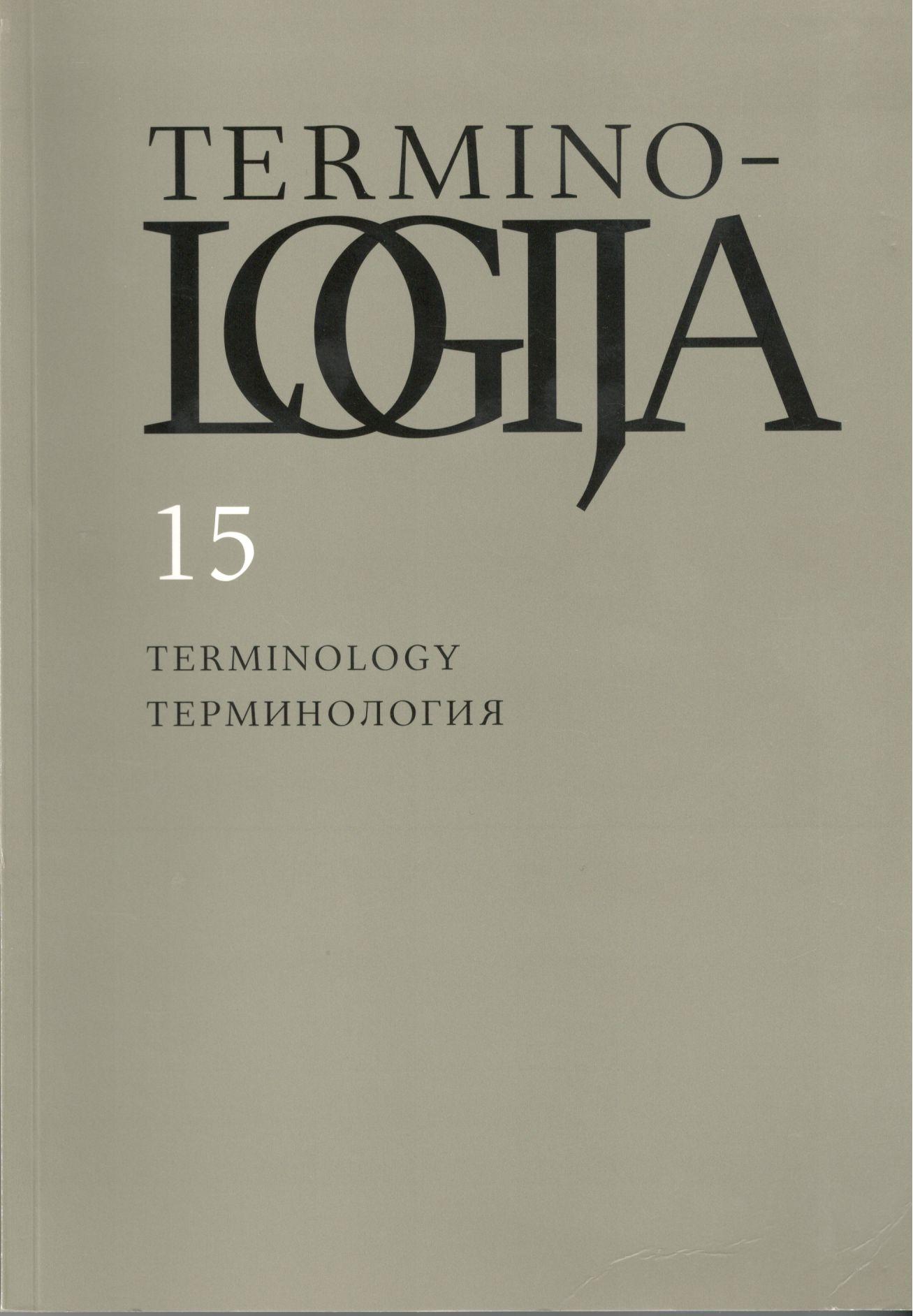
Per beveik penkis šimtmečius latvių, kaip ir lietuvių, kalba pasiekė tokį lygį, kad dvidešimtojo amžiaus pabaigoje mūsų kalbos buvo visiškai pasirengusios atlikti visas aktualias valstybinės kalbos funkcijas savo šalyse. Reguliarūs latvių ir lietuvių kalbininkų kontaktai prasidėjo nuo dvidešimto amžiaus septintojo dešimtmečio, kai buvo pradėtos rengti terminologijos ir kalbos kultūros konferencijos. Septintasis dešimtmetis – tai laikas, kai terminologija, iki tol laikyta leksikologijos šaka, dėl gausių teorinių tyrinėjimų tapo savarankiška tarpdalykine mokslo sritimi, besiplėtojančia lingvistikos ir keleto gretutinių sričių – logikos, filosofijos, kognityvistikos, ontologijos, komunikacijos mokslų – sandūroje. Leksiniu atžvilgiu terminologija laikoma specifiniu kalbos leksinės sudėties sluoksniu, kreipiant dėmesį į terminų ir ne terminų santykį, terminų ir profesinių, socialinių, teritorinių, istorinių, stilistinių ir kitų leksikos sluoksnių sąsajas. Leksinę kalbos sandarą atskleidžia žodynai. Teoriniai ir praktiniai žodynų sudarymo aspektai – leksikografijos, kaip kalbotyros šakos, tyrimų objektas. Viena iš žodynų rū- šių – terminų žodynai. Bendrinės kalbos ir terminų žodynų lyginimas leidžia apibūdinti terminografiją kaip gretutinę discipliną, esančią leksikologijos, leksikografijos ir termi- nologijos sandūroje. Terminų žodynų specifika atsiskleidžia atrenkant žodynų straipsnių antraštes ir leksiškai bei gramatiškai aprašant. Terminų žodynuose vyrauja daiktavardžiai, kadangi jie pavadina pačias įvairiausias realijas – daiktus (objektus), procesus, savybes, kiekius, aplinkybes ir kt. Daiktavardžiai geriausiai įvardija sąvokas. Kitos kalbos dalys, pavyzdžiui, būdvardžiai, dalyviai (t. y. veiksmažodinės formos) paprastai atlieka termino apibūdinančio dėmens funkciją. Kartais, pavyzdžiui, kai kuriuose ISO standartuose, pasitaiko antraščių ir su daiktavardžiais, ir su veiksmažodžiais: display – „vizualinis pateikimas“ ir to display – „pateikti vizualiai“ (apibrėžčių vertimas pateiktas straipsnio autorės). Kaip matyti iš apibrėžčių, abiem atvejais kalbama apie tą pačią sąvoką, skiriasi tik žodžio gramatinės formos pasirinkimas. Toks dubliavimas yra netikslingas. Pakaktų išreikšti sąvoką daiktavardžiu, o veiksmažodis, reikalui esant, gali būti vartojamas tekste. Skirtingų kalbos dalių vietą ir vaidmenį terminologijoje padeda nustatyti terminema, kurios pagrindinis dėmuo yra daiktavardis, o kitos kalbos dalys (susijusios su ta pačia są- voka) – antraeiliai dėmenys (plg. перевод – переводить, переведен, переведенный ir pan.). Pastaruoju metu terminologijoje ieškoma naujo požiūrio, pabrėžiant kompleksinį terminologinių vienetų pobūdį, tačiau tai nereiškia, kad atsisakoma tradicinio požiūrio. Dėmesys turi būti skiriamas ir reprezentacinei, ir komunikacinei termino funkcijai, t. y. termino sistemiškumui terminų sistemoje ir vartosenos įvairovei, atsižvelgiant į kontekstą.
More...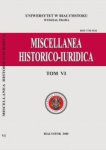
The question of concubinage was very often mentioned in the sources of Polish synodal legislation in 12th–18th centuries. This extramarital union between a man and a woman was defined by the Latin term concubinatus. The more descriptive expressions used to explain this relation are as follows: peccandi libidinum, scelerata consuetudo or damnaticius status. The most extended terminology refers to the most relevant matter for the Catholic Church, namely to break with the sinful intercourse by the Christ’s faithful. The analysis of synodal decrees indicates that provided terminology expressed moral and legal qualification of living in concubinage. It was characterized by the pejorative meaning. Undoubtedly, it reflected the negative attitude of the Church towards these extramarital relations and people remaining in them. Provided terms applied mostly to clerics living in statu concubinatu. It shows how much attention the ecclesiastical authorities pay to clerical discipline. However, the fragments regarding the fight with concubinage of Christ’s faithful are less common. Particular legislators broadly used the terminology provided by the universal Canon law.
More...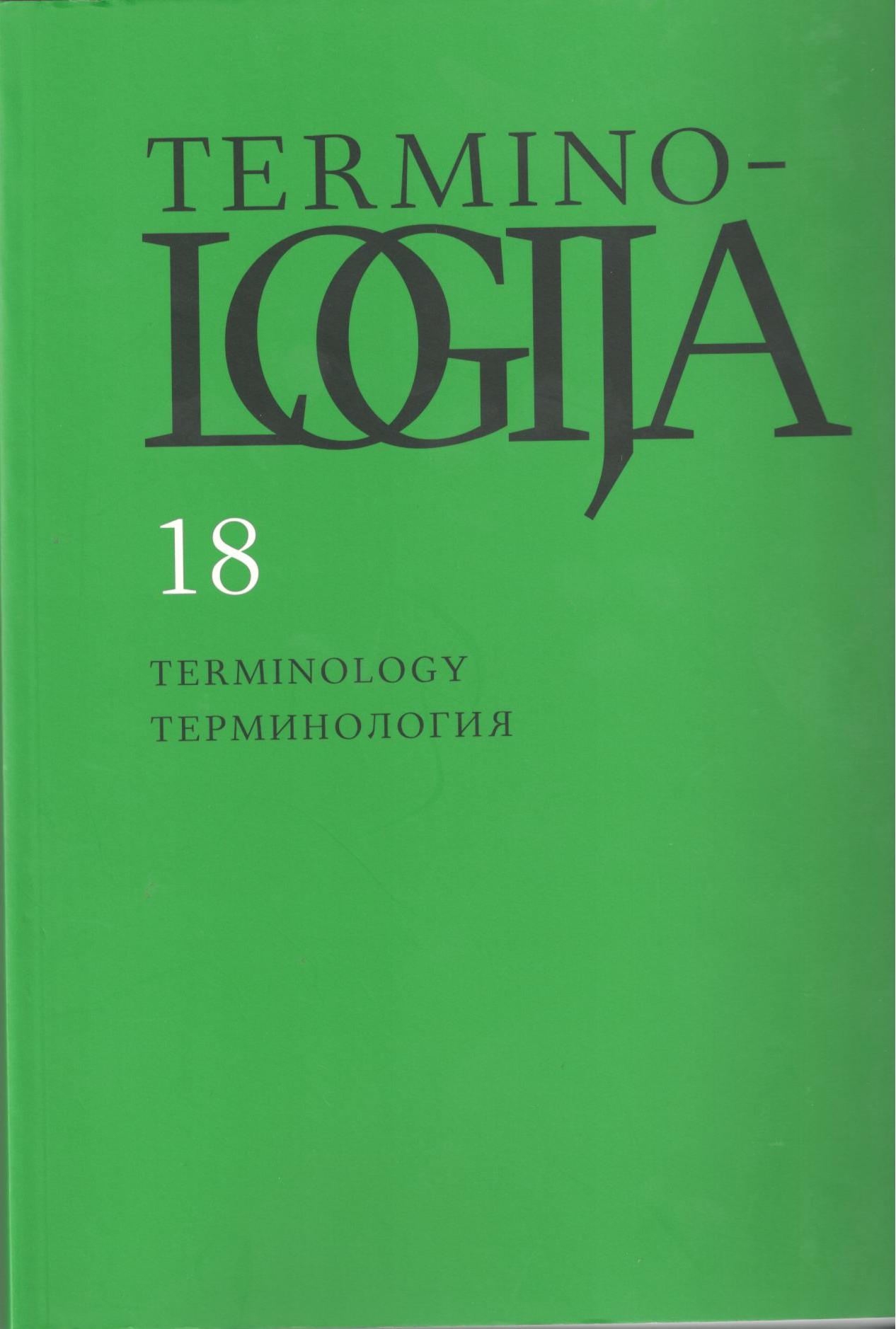
Straipsnis pradedamas istorinių terminologijos mokslo formavimosi aplinkybių apžvalga, kurioje aptariami Wirtschaftslinguistik judėjimas ir terminologijos pradininkų – E. Wüsterio, E. Drezeno ir D. Lotte’s – darbai. Išskiriama keletas teorinių terminologijos mokslo pagrindų raidos etapų, kuriuos parodo L. Hoffmanno ir H. Kalverkämperio modeliai. Keliami klausimai, ar terminologija yra atskira disciplina ir ar galima kalbėti apie terminologijos mokyklas. Apžvelgiamos žinių sritys, turėjusios įtakos terminologijos teorijos raidai, t.y. objektas ir sąvoka, objektų ir sąvokų vaizdavimo formos, žinių tvarkyba ir terminografija. Kalbama apie terminologijos mokymą, terminijos standartizavimą, specialiosios kalbos ir terminologijos planavimą, aptariamas deskriptyvinis ir preskriptyvinis požiūris į terminologiją ir jos planavimą. Kaip išvados formuluojami penki teiginiai apie terminologijos teorijos bei jos taikymo raidą ir dabartinę padėtį.
More...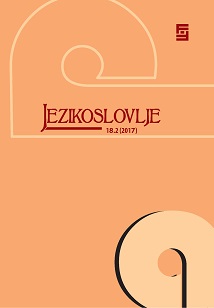
This paper presents the phonological and morphological features of the local dialect of Vošteni, a village belonging to the Istrian municipality of Sv. Lovreč. The linguistic features have been analysed in the context of the Southwest Istrian dialect group, to which it belongs according to Brozović's (1988) and Lisac's (2009) classification, as well as of those of the neighbouring Tinjan type dialects. It has been concluded that the linguistic characteristics of Vošteni are equal to those of Butori (Pliško, Ivetić 2010: 127–135) and Hlistići (Pliško, 2007: 95–106), and differ from those of Kringa in the truncated infinitive, Šćakavian realisation of the old consonant cluster *stj, the change jt > tj > ć in the verb doć, poć, and in the reduction of final l in the masculine form of the active verbal adjective: bi, voli, sti (Pliško, Ljubešić 2009: 101–102). Further research of Sv. Lovreč dialect type will define the dialect subgroup and its place within the Central Southwest Istrian dialect group.
More...
This is a book review of Žanić, Ivo. 2016. Jezična republika: Hrvatski jezik, Zagreb, Split i popularna glazba
More...
This is a bok review of: Bergerová, Hana; Vaňková, Lenka et al. 2015. Lexikalische Ausdrucksmittel der Emotionalität im Deutschen und Tschechischen
More...
This is a review of: Hamawand, Zeki 2011. Morphology in English. Word formation in Cognitive Grammar.
More...
This is a book review of: Kukorelli, Eszter. 2016. Zukunftsbezogene Tempora im Deutschen und Ungarischen in der Nähesprache
More...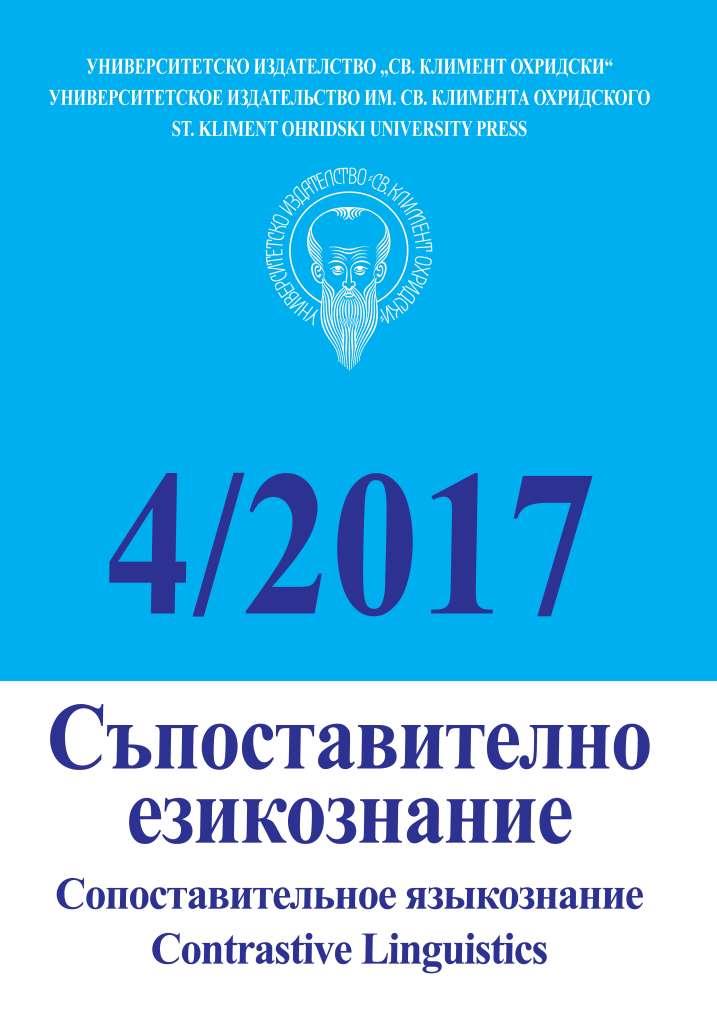
This paper presents some of the options available in Italian and Russian to express a preconcessive construction, typically formed by a paratactic correlative structure coding a contrast between the connected textual elements. Data were obtained from the Italian- Russian parallel corpus of the Russian National Corpus (NKRJa), by looking for the Russian translation of some typical Italian pre-concessive connectives.
More...
The Italian adverb/conjunction comunque has recently acquired new textual and discursive functions which haven’t yet been completely described. The article provides a corpusdriven analysis based on a bidirectional Italian-Russian Parallel Corpus (PC) in order to show 1) the usefulness of PC for linguistic heuristic inquiry on discurse markers; 2) how a contrastive analysis helps explain the semantic value of discursive and textual markers. The analysis shows that comunque can be a 1) demarcative, 2) conclusive, 3) modal (expressing evaluation), 4) or generalization marker.
More...
By comparing parallel and comparable corpora of press articles, this study shows how the epistemic adverb certes moved away from its original assertive meaning and specialized in the concessive function when it is followed by mais, which is a sign of a more advanced grammaticalization compared to certo and certainly that have a mainly intensifying meaning. The analysis takes into account L1 attrition in the translation process.
More...
The paper analyzes the semantics of the Russian linguistic unit tut that is shown to be polyfunctional. The study is contrastive, with all the data being collected from the parallel corpora of the Russian National Corpus (RNC). Analyzing the tut-contexts, the author looks at the solutions literary translators opted for while translating from Russian into French and vice versa. This is how some specific meanings of the connective tut have been found to add to the traditional locative, temporal and narrative meanings.
More...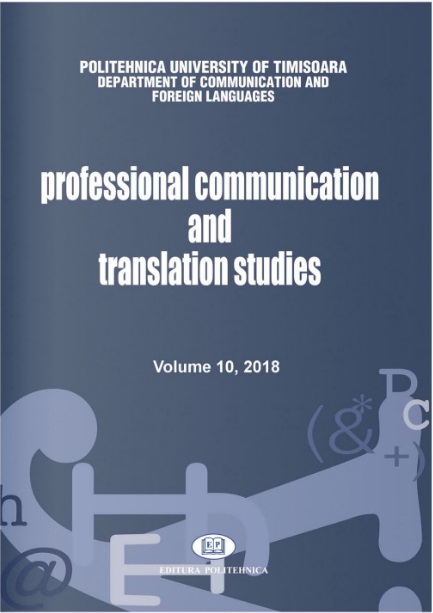
Our aim is to study phraseological units that have numbers in their construction. The material was collected from phraseological dictionaries of Russian and Serbian languages. In both languages, phraseological units with sacred numbers appear frequently in speech and writing, for example: Rus. книга за семью печатями – Srb. књига за седам печата [a closed book, literally “a book with seven seals”]; Rus. за семью запорами – Srb. иза седамбрава/катанаца [under lock and key, literally “well guarded”]; Rus. семь смертных грехов –Srb. седам смртних греха [capital sins, literally “seven deadly sins”]; Rus. за тридевятьземель – Srb. преко седам/девет брда/планина [at (to) the other end of the world, literally“very far away”]; Rus. чувствовать себя на седьмом небе – Srb. бити наседмом/деветом/десетом небу [(be) in seventh heaven, literally “(to be, feel) boundlessly happy”]; Rus. в трех шагах от кого, от чего – Srb. два три корака [within a stoneʼs throw of, literally “ very close (to s.o. or sth.), very near”]. Phraseological units with numeric components are regarded as a descriptive meta-language. This analysis can provide an insight into relationships between culture and language.
More...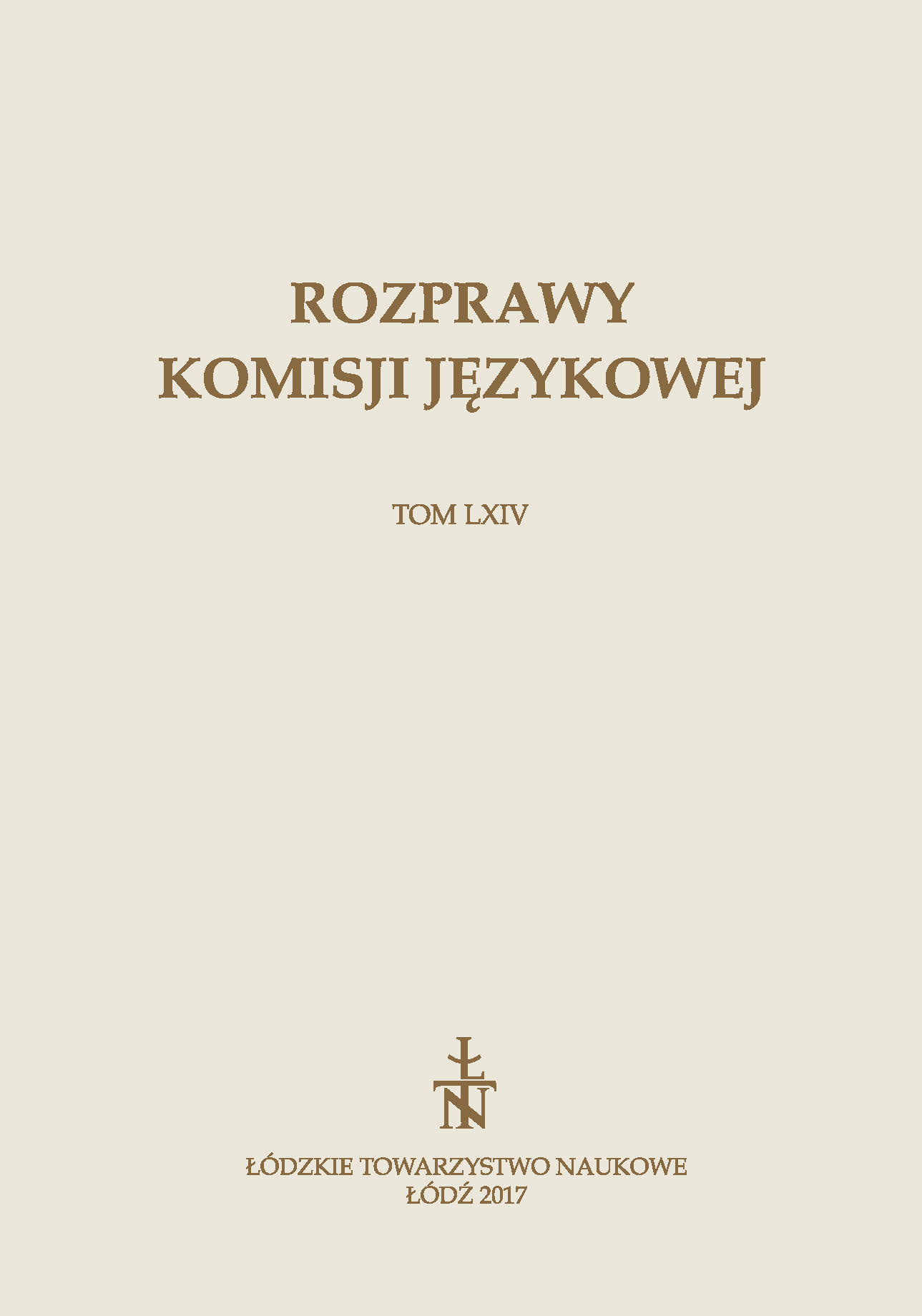
“Prosta mova” – colloquial language of population of the eastern lands of the former Republic of Poland only occasionally appears in the printed texts in the eighteenth century. It is especially rare in texts of religious nature. In this regard, Basilian typography is an exception. “Prosta mova”as the language of printing, can be seen in texts and fragments of prints published by definition in other languages. This type of text is the subject of the analysis set out in this article. Numerous features of a living language that are visible at the level of phonetics and vocabulary are reflected in the analyzed Чинъ Іерейскаго наставленїя. Analysis of these features brings to the conclusion that the dominant element in the text, is the Ukrainian dialect. Of course, due to the different articulation of selected graphemes on the Belarusian and Ukrainian-speaking territories(eg. grapheme ѣ) editors left the pronunciation to the decision of their readers in accordance with the local tradition.
More...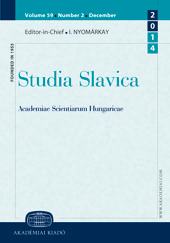
The purpose of this analysis is to present the manner of translating the titles of holy books from Hebrew, Greek, and Arabic by Polish and Lithuanian Tartars and by Polish translators of the Bible and the Quran. It also attempts to define the scope and the nature of relations between the translations of the Bible and the Quran and to present the picture of the books in question on the basis of selected source texts. The source texts vary in terms of form and origin and the vocabulary was excerpted from such materials as historical writings of the Polish and Lithuanian Tartars (the texts were written in Arabic and required transcription and transliteration) as well as translations of the Quran into Polish. The words were also selected from the translations of the Bible (16th-century, 17th-century, and contemporary versions).
More...
The present paper offers a complete inventory of authoritative passages in Sanskrit and Prakrit texts on gemmology and Sanskrit lexicons where emerald is dealt with. Fresh light is thrown on the hotly debated issue whether the description of beryl in the Arthaśāstra II, 11, 30 contains an indirect reference to emerald. The Sanskrit names of emerald are analysed and commented on. Texts revealing the history of emerald and its origin are put to the test, and the evident mistakes prevalent in the special literature are corrected. Finally, a peculiar belief on the magic power of emerald is analysed within a wider context.
More...
The present article musters the fifteen demons causing child-disease as they appear in written sources since the 14th up to the 21st century. Terminology of their names shows the development of language fashion in using Buddhist terminology: corrupted Sanskrit words taken from the Uighur were used in the 14th century, while Mongolian terms literally translated from Tibetan were applied in the 16th century and corrupted Tibetan names are fashionable in our days.
More...